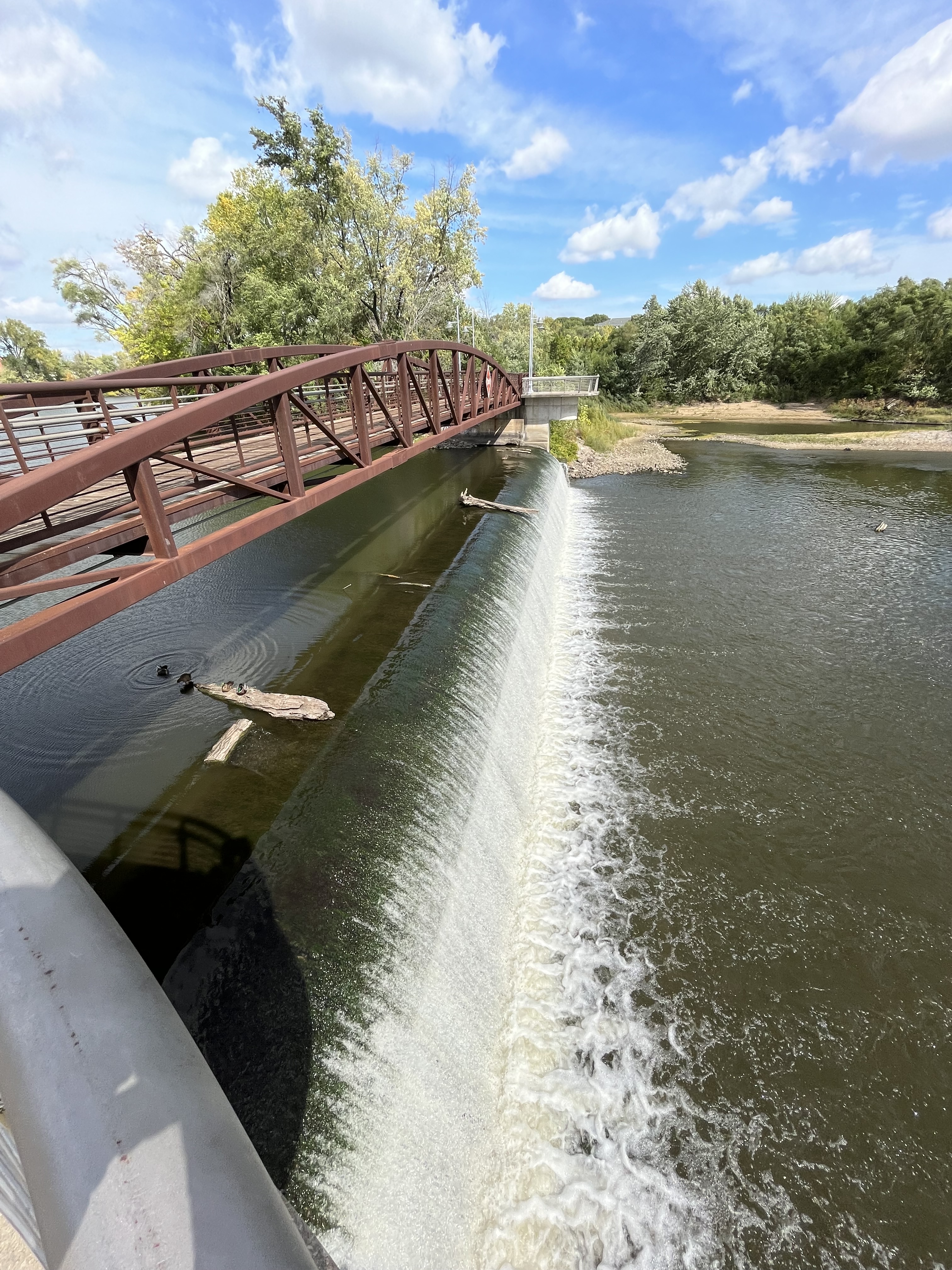This list was created in April, 2020, when we first started Learning From Home. This year I am working from home as part of a large writing project for the Department of Education – it’s really awesome and whilst I am not in the classroom myself (or teaching from home as many of my NSW colleagues are), I am still working with teachers. Whilst revising my book On Teaching, I returned to my blog post with ‘lesson plans’ for learning from home (online learning, really, as it assumes students have access to a device). This list of strategies for collaborative learning online was hidden in the post, so thought I would bring it back to life. I think I am going to adapt it (and the lesson plan template) for my chapter On Lesson Design as it reflects how I traditionally structure my lessons as a high school teacher. Note: I’ve just copied and pasted from the original doc from over a year ago, I’m sure the tools teachers use are slightly different now.
Always plan your groups before a lesson, considering students’ interests, skills and needs. It is important to design a collaborative activity that is challenging, engaging, and meaningful and can be completed in 30 minutes. Activities could involve one or more of these cognitive processes/activities: analysing, investigating, creating, synthesising, problem-solving, critiquing, discussing, composing, performing, rehearsing, collaborating, evaluating, researching, designing.
- Tools: Encourage students to collaborate in online spaces visible to you: the comments feature or just typing together in a Google Doc, a comment thread in Google Classroom, the small group function in Edmodo, or breakout rooms in Zoom.
Example activities:
- Collaborative questions: Put students in pairs or small teams. Give them a question/problem/challenge and have them add their response in a Google Doc table that the whole class can access.
- Collaborative presentations: Put students in pairs or small teams. Have students create a team presentation based on a given topic. They can create this using Google Slides, and put the link in a Google Doc shared with the whole class. This presentation could be delivered live via Zoom in the next synchronous lesson, or read through by students in the next asynchronous lesson.
- Collaborative videos: Put students in pairs or small teams. Set students a topic to explain or skill to demonstrate and have them make a 2-3 minute video for the class. Individual student rolls would include writing the script, choosing images or short video clips, and editing the video together. This video could be delivered live via Zoom in the next synchronous lesson, or read through by students in the next asynchronous lesson.
- Collaborative essay plan: Put students in pairs or small teams. Give students an essay question and have them work together to write a thesis and an essay plan, including evidence to support the thesis. Students can write collaboratively via Google Docs, and share a link to their plan in a Google Doc table shared with the whole class.
- Socratic seminars: In your asynchronous lesson allocate each student a text to read/view from a set of four or five. In a Google Doc shared with the whole class, have each student write one open-ended intellectual question they would like to discuss with their peers. In your synchronous lesson, have the students with the same text spend 10 mins discussing the questions set by their peers. Students not speaking in the Socratic seminar are to listen and take notes. Do this over a series of synchronous lessons until all teams have discussed their text and questions.
- Collaborative text analysis: Put students in pairs or small teams. Set students a text to analyse using a set of questions. In a Google Doc table with headings (e.g. for English it might be characterisation, plot, setting, conflict, theme), have students work together to fill in examples and analysis.
- Mini project challenge: Put students in pairs or small teams. Set students a creative challenge using the Discover/Create/Share structure and have them collaborate to complete it within the 30 minute timeframe. For example (Philosophy): Discover – biography of David Hume. Create – a 60 second bio doco. Share – link to video at the end of the lesson.
- Peer-assessment: This task assumes that students have a draft piece of work that they have worked on during their asynchronous lessons. Put students in pairs or teams of three. Provide the students with a marking criteria or product checklist via a Google Doc or PDF. Set each student the task of providing feedback on the piece of work using the provided criteria. If the work is typed in a Google Doc, feedback can be provided using the ‘comments’ feature. If the work is not written, students can use the criteria/checklist to give written feedback. Alternatively, students could go into a Zoom breakout room to give oral feedback.
- Project work: Put students in pairs or small teams. Set students a project that may take a few lessons or a few weeks to complete. A project outline or brief is recommended to help students chunk and manage their learning. Have students create a ‘to-do’ list for their project and use negotiation skills to allocate roles and responsibilities to team members – doing this via a Zoom breakout room is encouraged. This should be created in a Google Doc shared with the teacher. During the activity time, students work on tasks they have been allocated, collaborating when necessary.



